Sujay Bagi, PhD
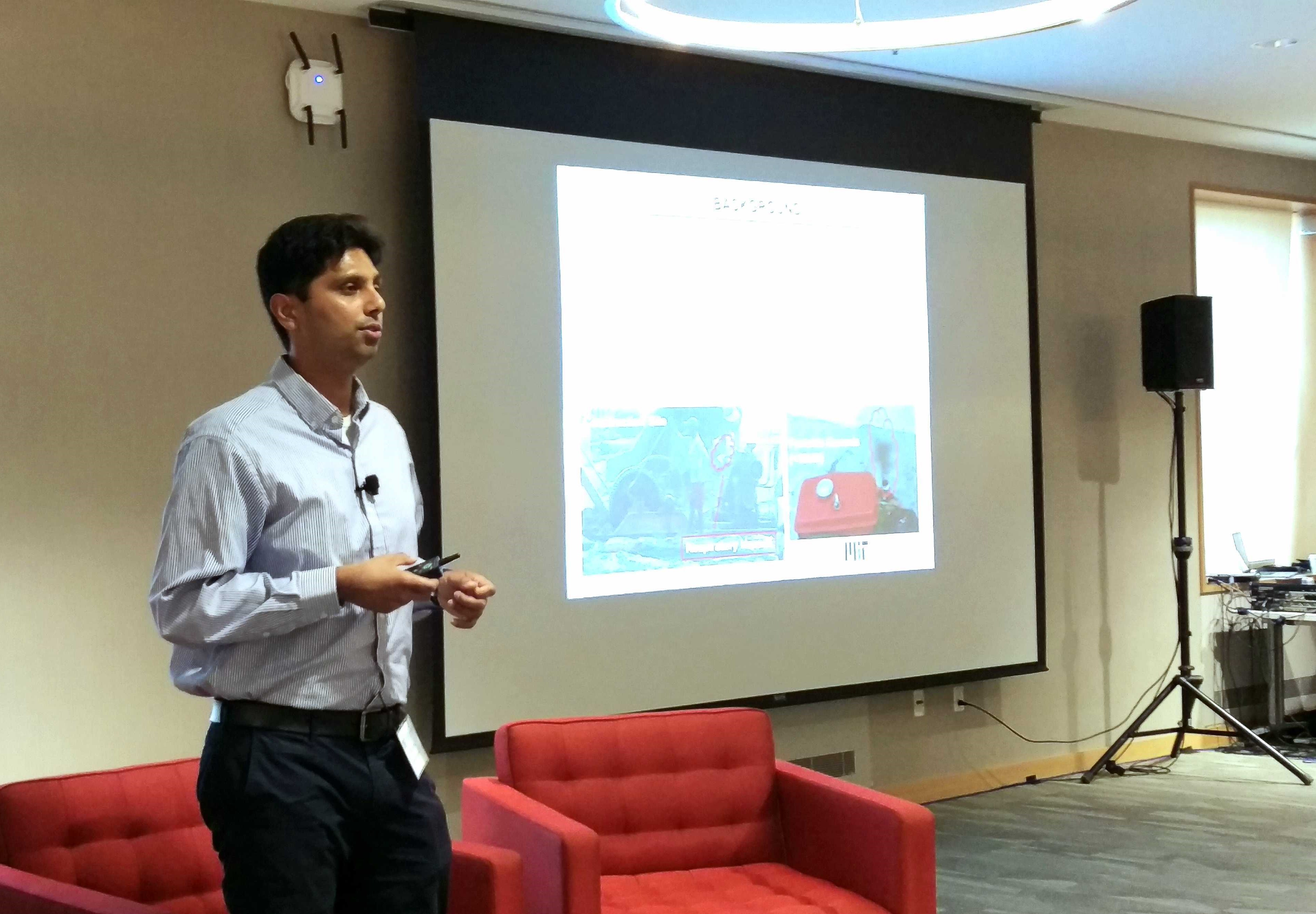
View My LinkedIn Profile
View My Google Scholar
View My Research Lab
I'm a Materials Scientist and a Mechanical Engineer at MIT. My background at the intersection of materials science, mechanical/chemical engineering positions me to understand and efficiently tackle real-world challenges in areas such as crystallization science, materials synthesis, carbon capture, energy storage, techno-economic modelling, automotive emissions, and renewable energy technologies.
Outlook on PM (Particulate Matter) Emissions and its Effects on Diesel Engines
Emissions from heavy-duty vehicles fitted with diesel engines are classified into four categories: NOx (Nitrogen Oxides–Mixture of NO, NO2, and N2O), PM (Particulate Matter–Carbonaceous soot, ash and volatile organic fraction), CO (Carbon Monoxide), and unburnt HC (Hydrocarbons from fuel and engine oil).
As emission regulations become more stringent with time that necessitate complex aftertreatment systems, we need a holistic methodology for investigating crankcase soot and exhaust soot to monitor and improve the vehicle drivetrain performance from a fuel-economy and durability perspective.
One area of practical significance is to understand the relationship between soot inception conditions and oxidative reactivity parameters – the design of particulate filters and operation can be optimized based on soot characteristics such as particle sizes, reactivity, and packing density.
- Topics pertaining to elucidation of structural, morphological, and oxidative characteristics of turbostratic soot from diesel engines have been of significant interest to me.
- With my previous experience working at a heavy-duty diesel engine OEM, I recognize a wide gap existing between the approach taken by the soot/after-treatment modeling community and the materials characterization community, often leading to discrepancies between input parameters and the model output.
- My recent recearch publications focus on addressing the existing knowledge gaps pertaining to the role of specific parameters such as fuel composition, combustion conditions influencing soot inception in engines, and its subsequent effet on exacerbated engine wear & lower fuel economy (from oil thickening).
- We published one of the first studies that evaluates the entire ‘soot ecosystem’, taking into account soot inception, structural parameters, soot trapping and oxidation characteristics in a diesel engine vehicle. This is of practical significance to the industry and academia alike.
- Our studies serve as a benchmark in the field of materials characterization for crankcase and exhaust soot, where methodologies presented can be utilized as a template for others to follow and build off of the results.
Relevant Publications for Further Reading:
- Multiscale characterization of exhaust and crankcase soot extracted from heavy-duty diesel engine and implications for DPF ash
- Effects of Diesel Soot Composition and Accumulated Vehicle Mileage on Soot Oxidation Characteristics
- Influence of Engine Age on Morphology and Chemistry of Diesel Soot Extracted from Crankcase Oil
Temperature-resolved X-ray diffraction to characterize soot oxidation
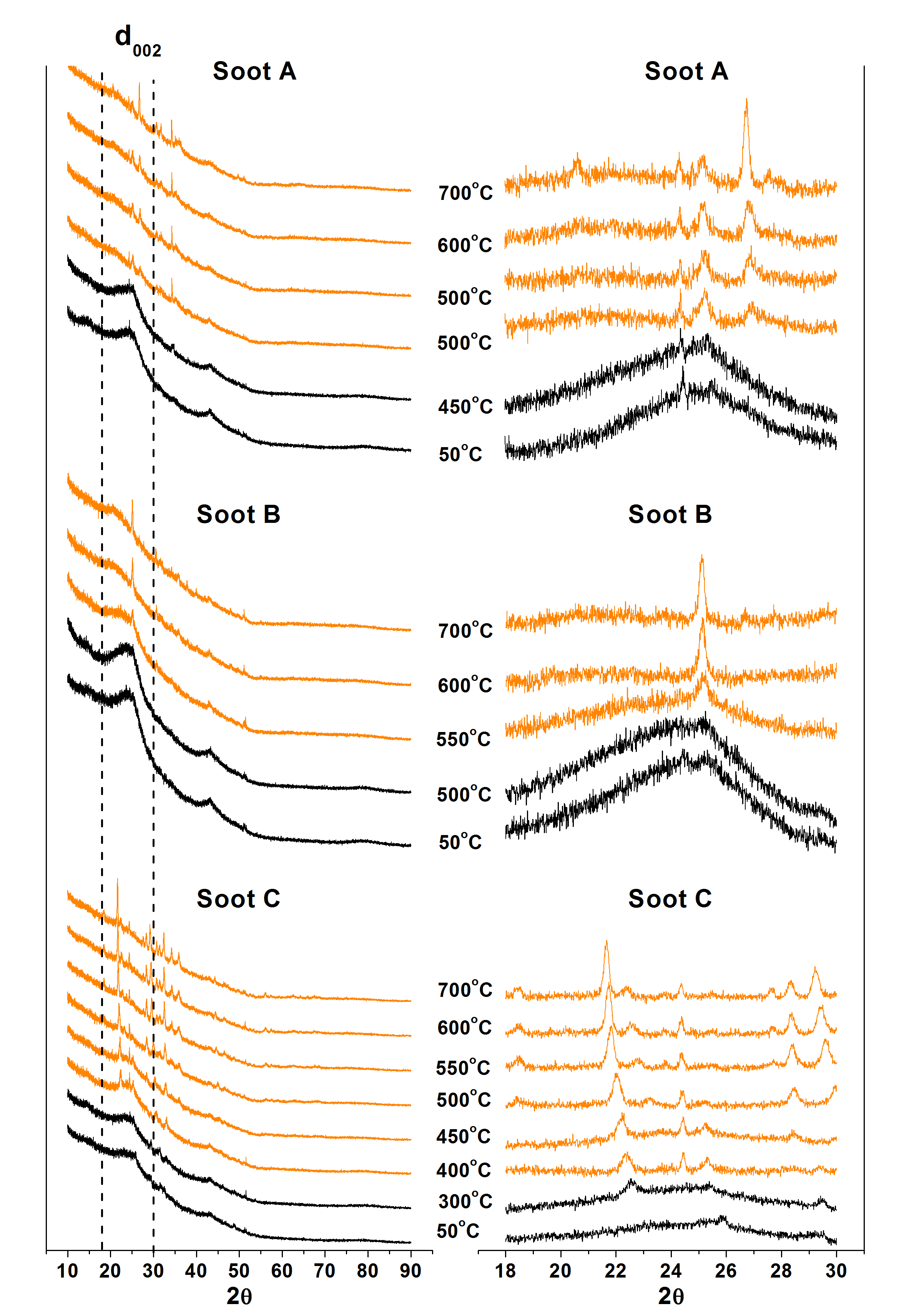
Tracking the variation in inter-planar lattice spacing of 002 plane
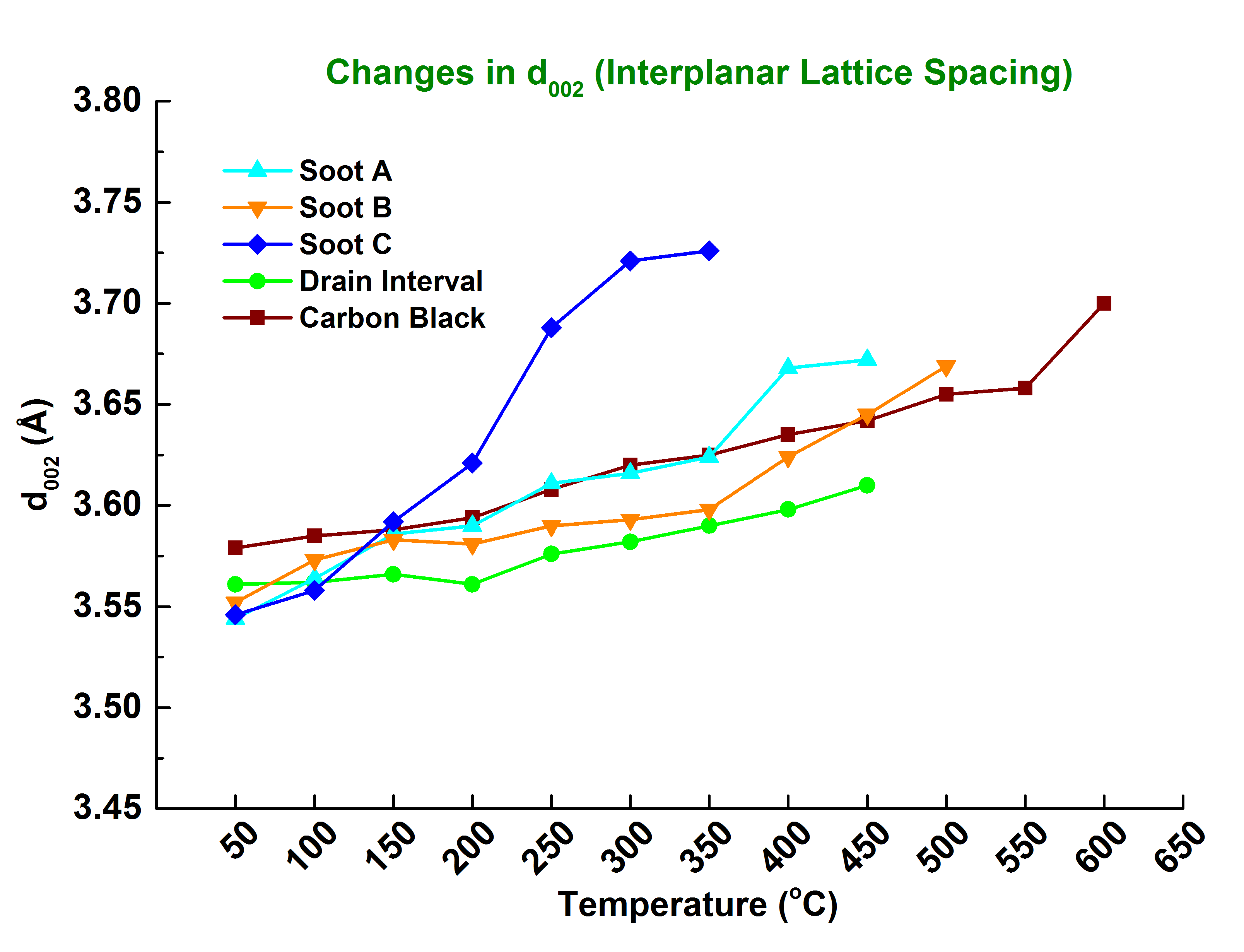
Raman microscopy to probe short-range highly disordered turbostratic structure
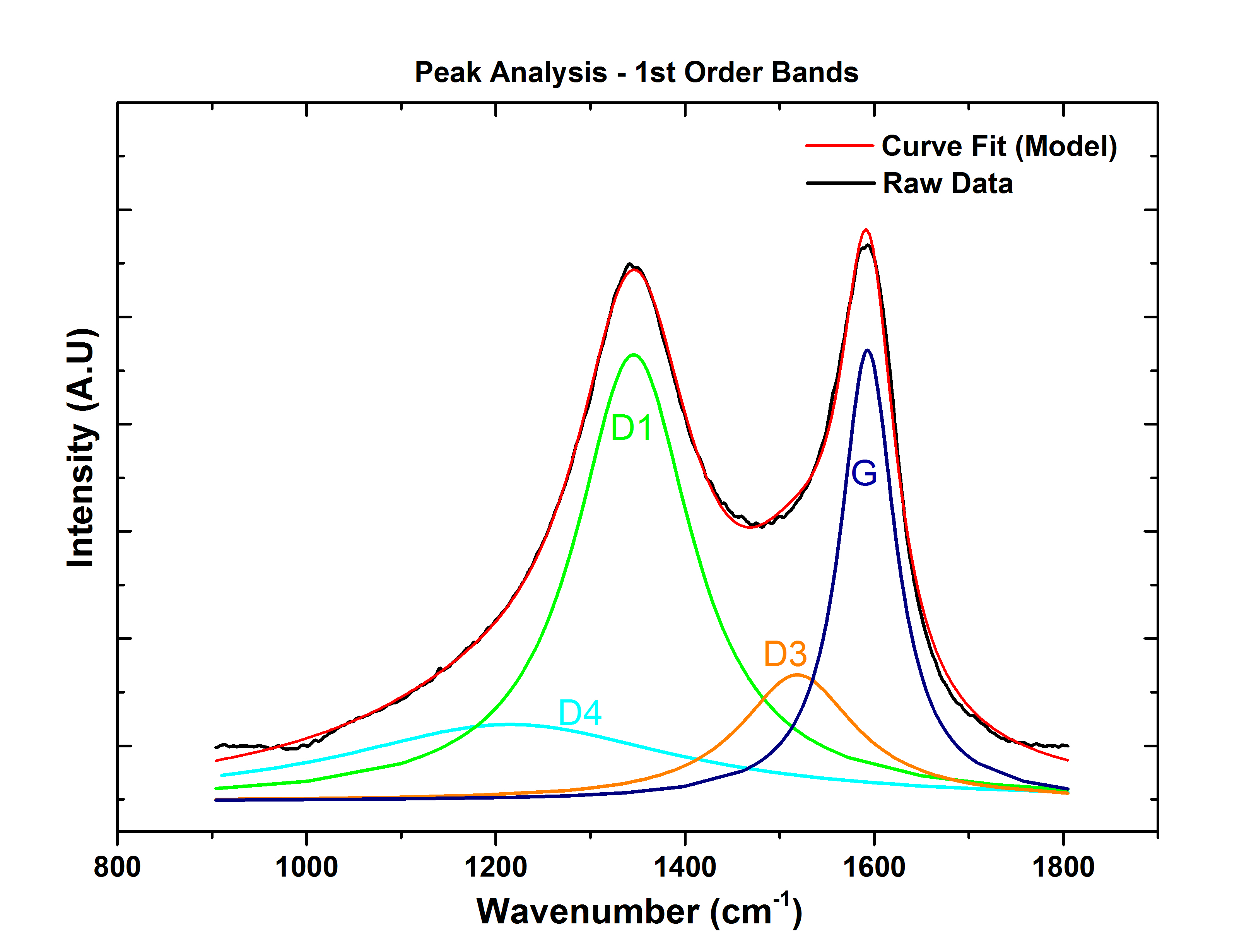
In-situ visualization of Soot-Ash interactions in DPF channels to investigate morphological changes in lubricant derived ash and sintering
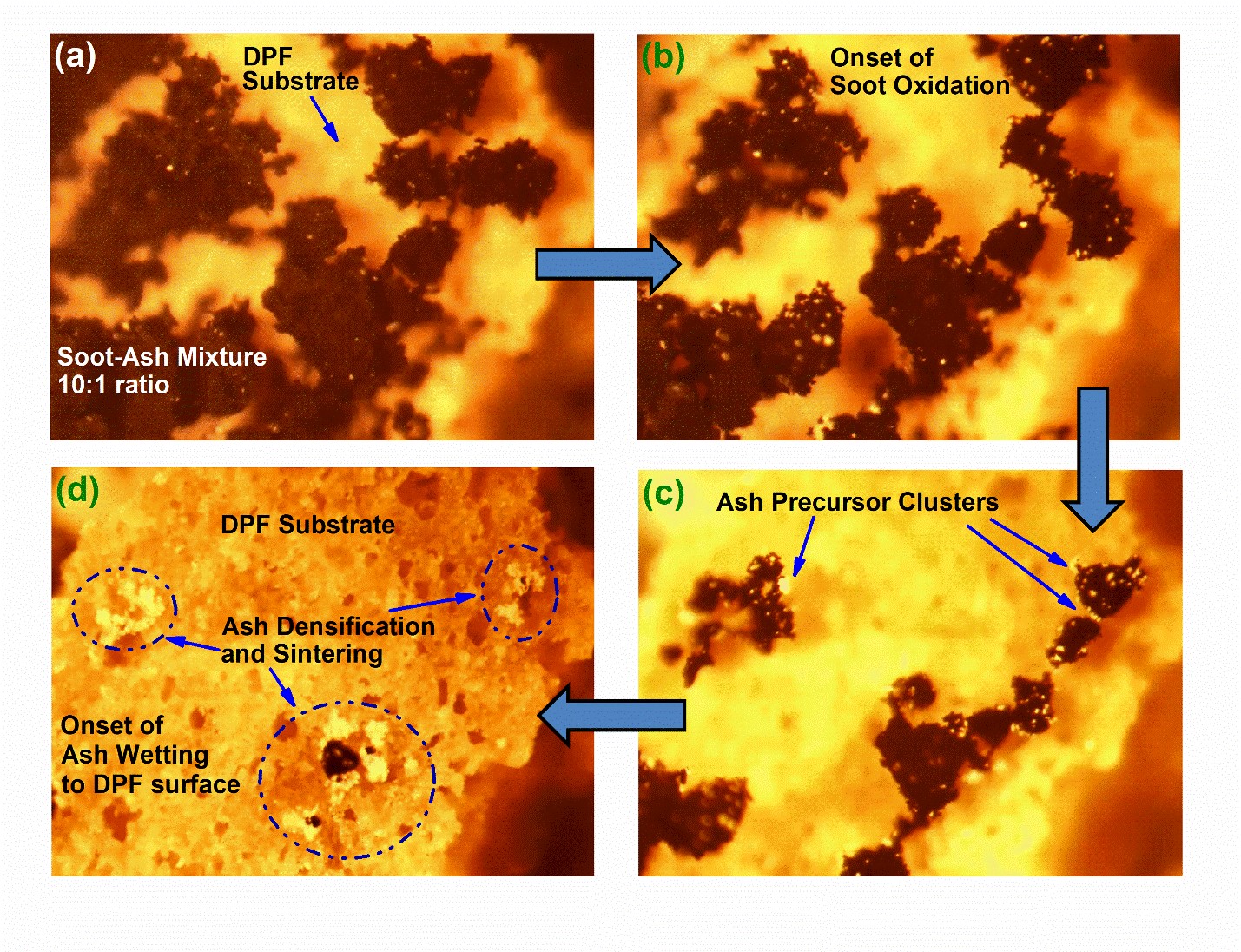
Heavy-duty Diesel Powertrain in an On-road Class 8 Truck
